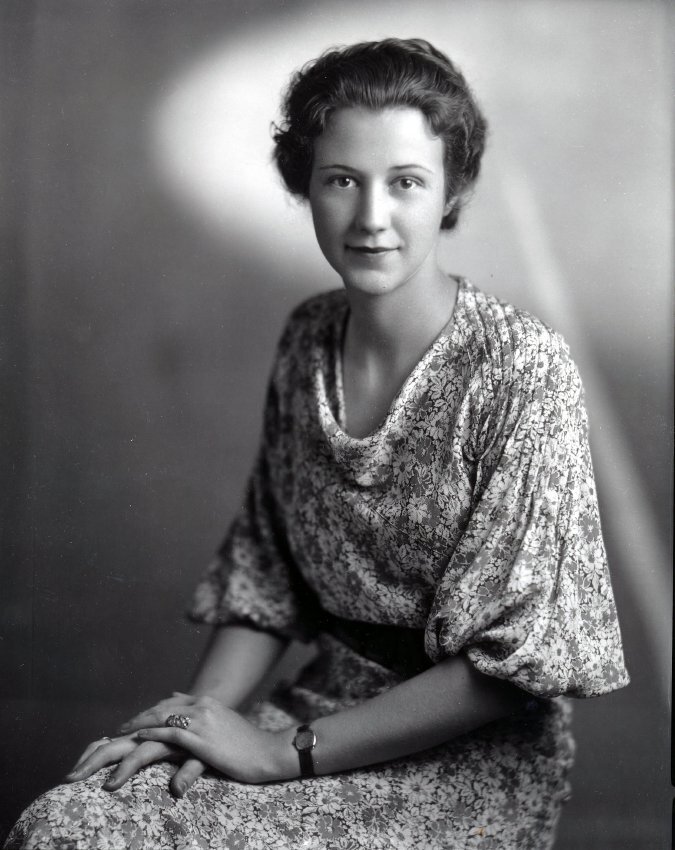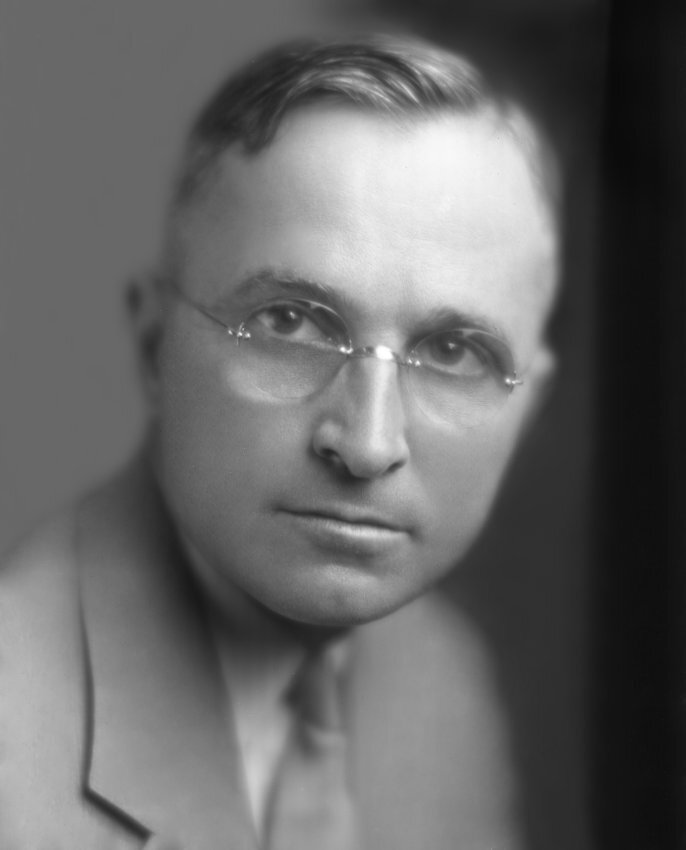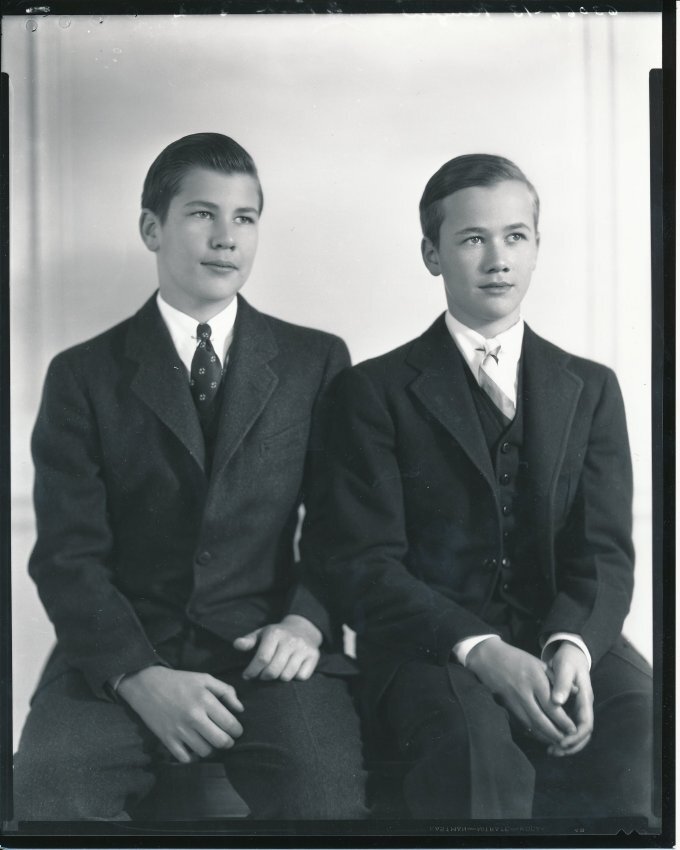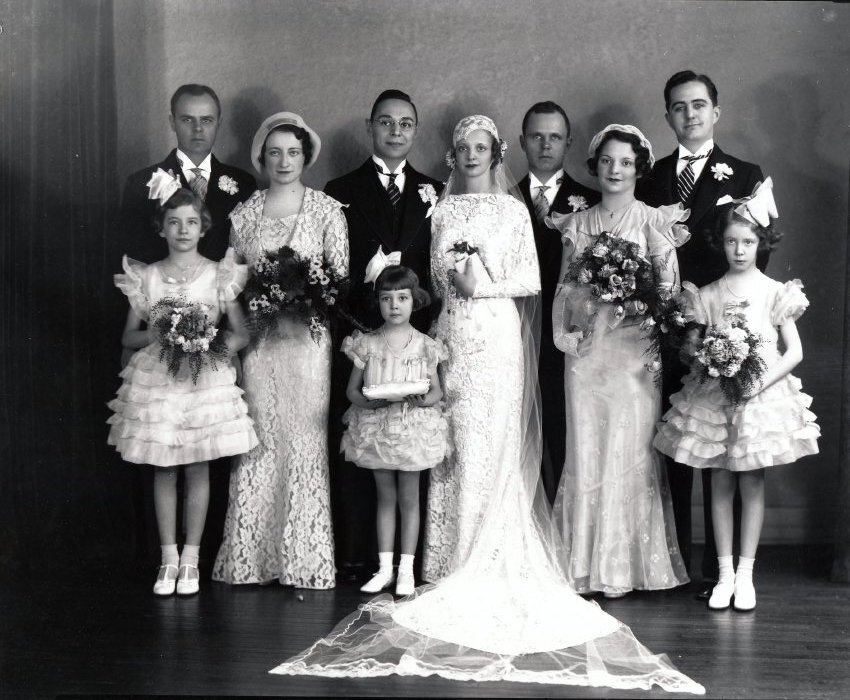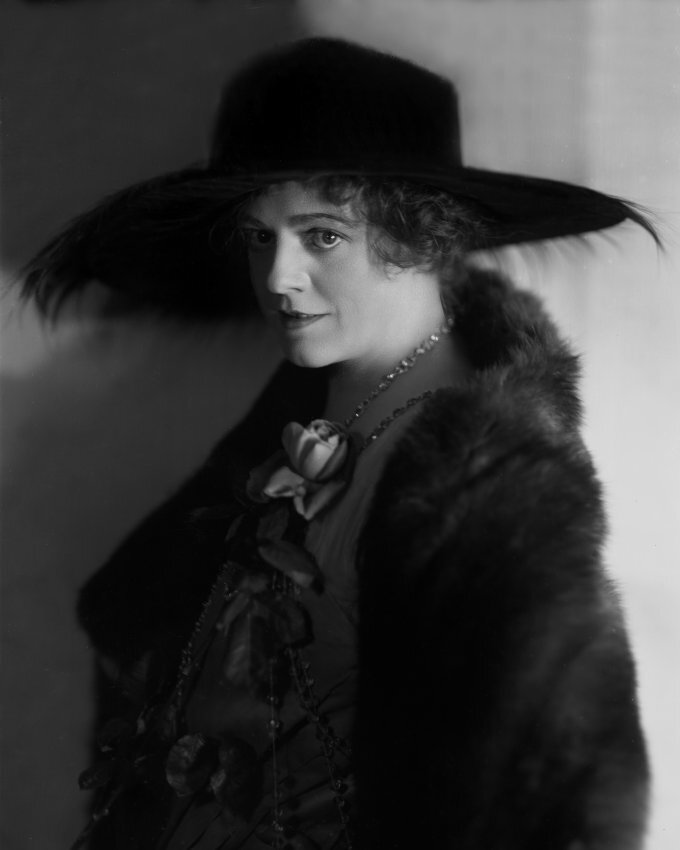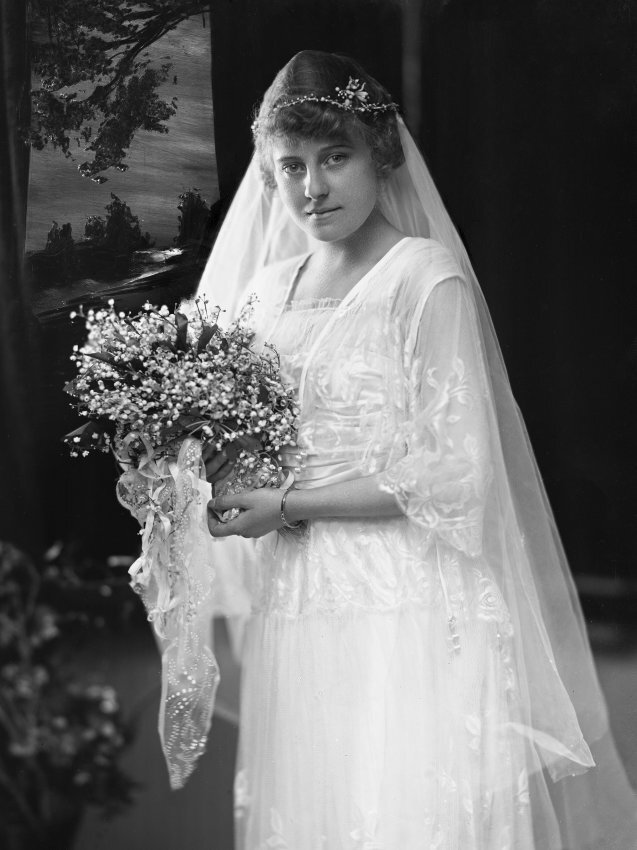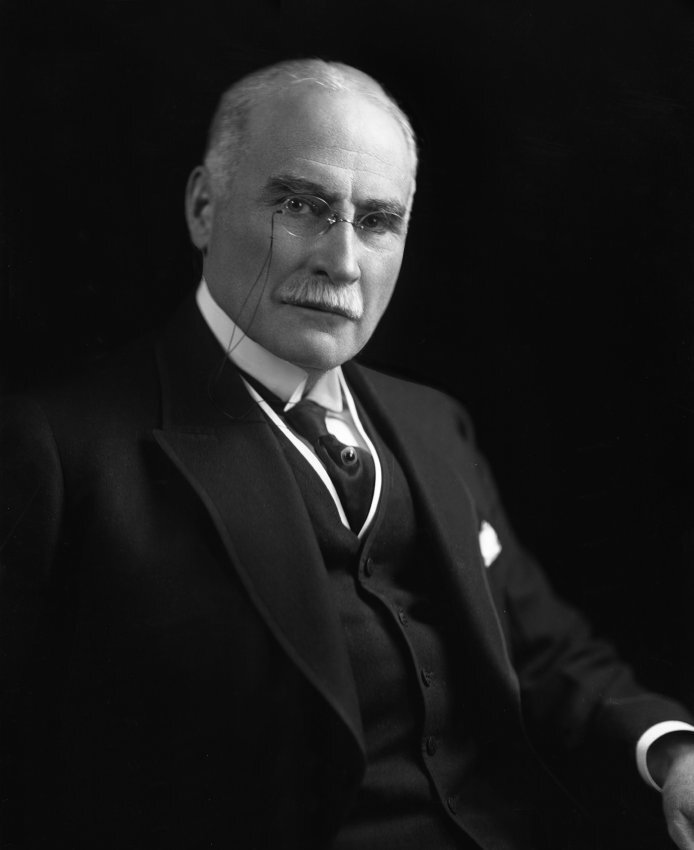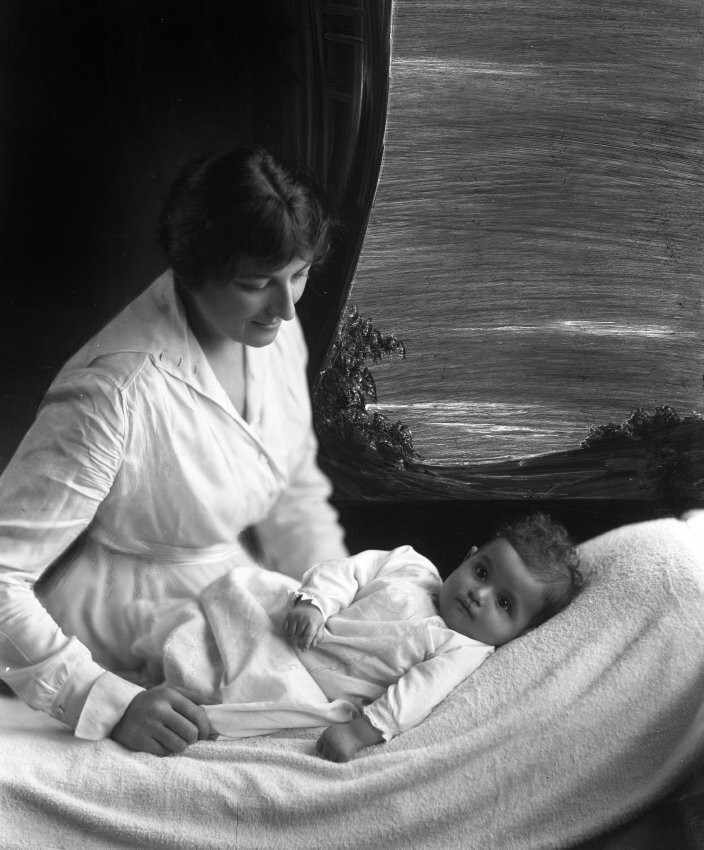The Strauss-Peyton Photography Collection
Saving Strauss Peyton
The Strauss Peyton Collection contains over 400 boxes of glass plate negatives. Many of the boxes are torn and acidic - meaning they are discolored and not safe for the glass plate negatives to be stored in. On top of this, the collection is not properly stored. We need 14 industrial shelving units in our new storage space for the collection to be moved and safely stored.
Consider a donation online or check to JCHS for this important collection’s survival.
History of Strauss-Peyton Studio
Now one of the oldest photography studios in the country, Strauss-Peyton Studio was established in 1908 by Benjamin R. Strauss and Homer K. Peyton. Strauss-Peyton was viewed as a considerable force in the growing world of celebrity photography. Their clientele included such notable names as Harry S. Truman, Anna Pavlova, Douglas MacArthur, Franklin D Roosevelt, Enrico Caruso, Fred Astaire, the Marx Brothers, John Philip Sousa, Roscoe "Fatty" Arbuckle, Mary Pickford, Al Jolson, Bette Davis, Douglas Fairbanks, Charlie Chaplin and Kansas City's own Jean Harlow.
Trained in portraiture by his brother, Benjamin Strauss moved from St. Louis to Kansas City in 1900 and opened Strauss Studio with the motion picture pioneer and photographer, George Curtis.
Homer Peyton was an extremely talented assistant and artist who excelled at manipulating images. He would create one of a kind art pieces by adding to the negatives with pencil or crayon to create a unique background as well as sculpting shadows and adding a greater tonal range in the portraits to enhance the depth. Impressed with his assistant’s abilities, Strauss made Peyton a partner in 1908 and the studio name was changed to Strauss-Peyton to reflect the new partnership.
Preserving the Collection
In 1969 the then-owners of Strauss-Peyton Studios approached the Jackson County Historical Society with the offer to donate thousands of negatives taken by the company since its inception in 1900. The Society was told that if they did not want them, they were going to be thrown into a dumpster. They no longer had room for them. Fortunately, Coleman Branton, who was then the President of the historical society had the good sense to accept them.
The portion of the collection of greatest interest contains over 30,000 5x7, 8x10, and 11x14 glass plate negatives taken during the years that the company’s founder, Benjamin Strauss, and his partner, Homer Peyton operated together, 1903-1930.
With the technology available in 1969 it was certainly possible to make prints from the plates but given the sheer quantity, it was not financially feasible to make even one print of each of the 30,000 negatives. Not every lab could work from an 8x10, let alone an 11x14, glass plate negative. Plus, many of the negatives needed a lot of work. As a result, the negatives have remained in storage, untouched. Many have never been seen, which is a shame because the collection as a whole is a national treasure.
Contents of the Collection
Some of the names you might recognize include: President Harry Truman; President Herbert Hoover; brothers Kermit and Theodore Roosevelt, Jr.; Jean Harlow; Ethel Barrymore; Fred Astaire and his early dance partner, his sister Adele; Henry David “H.D.” Lee; Gen. Douglas MacArthur; The Marx Brothers; W.C. Fields; The list goes on and on. There are also those not so well known, who if you take the time to “Google” them, a whole new world of amazing stories will be yours. We are also sure that with the number of Kansas Citians included, you will also possibly find one or more of your ancestors.
Identifying the Subjects of the Strauss-Peyton Collection
Each photograph is of little value to anyone if the subject cannot be identified. When the plates were initially turned over to the historical society they were placed in boxes in absolutely no order whatsoever. Each box contains approximately 50 plates. On each plate, fortunately, is written the person's last name and file number.
Another fortunate gift to go along with the plates themselves is a 3-1/2 x 5 “sitting card” for each negative. These cards are arranged in numerical order. They contain the subject's name, the date the photo was taken, a mailing address, how many prints were ordered, and how much they paid. In a few cases, if the subject was a performer, the card might also list the theatre and the name of the show in which they were performing.
Along with the sitting cards are large ledger books listing by year, each subject, in alphabetical order. There are times that it takes all three sources to come up with a definitive identification.
Processing the Collection
In 2016, JCHS volunteer Bruce Mathews began the task of cataloging, scanning, and repairing the glass plate negatives of the Strauss-Peyton Collection. He has essentially become an expert on the contents of this collection. To date, he has scanned approximately 2/3 of the glass plates. A majority of the plates have some degree of damage. Scanning them is not enough. Many are dirty and require delicate cleaning. Many are broken in multiple places. Finally, about half have some degree of water damage. Through Bruce Mathews’ tedious efforts, he has brought the Strauss-Peyton Collection back to life and allows JCHS to honorably showcase these unique portraits so special to Jackson County’s history.
Creating the Digital Images
In most cases, scanning alone is not enough to do justice to the image. Once scanned, Mathews will “repair” the image using Adobe Photoshop. In the case of broken plates, he will place the pieces on the surface of the scanner. In Photoshop, he removes the lines created by the break.
In the instances of water damage, thankfully most of it is confined to the outer edges. Sometimes the damage is repaired in minutes. In other cases, he may spend up to an hour.
In the end, it is a tedious process but well worth the effort. Each plate is a treasure and represents an important part of preserving history.

